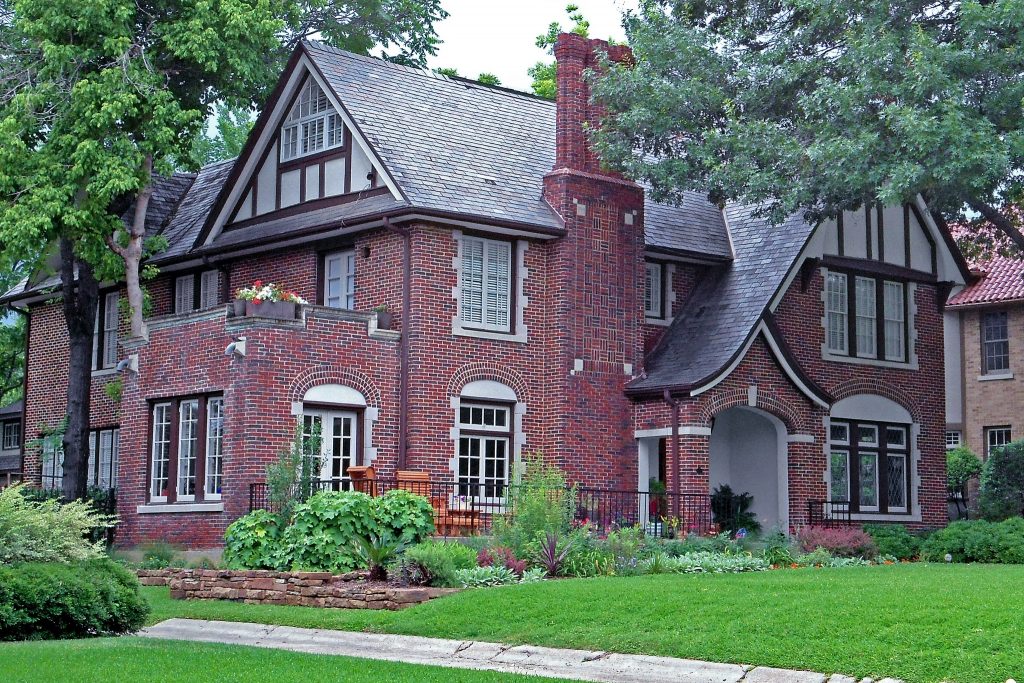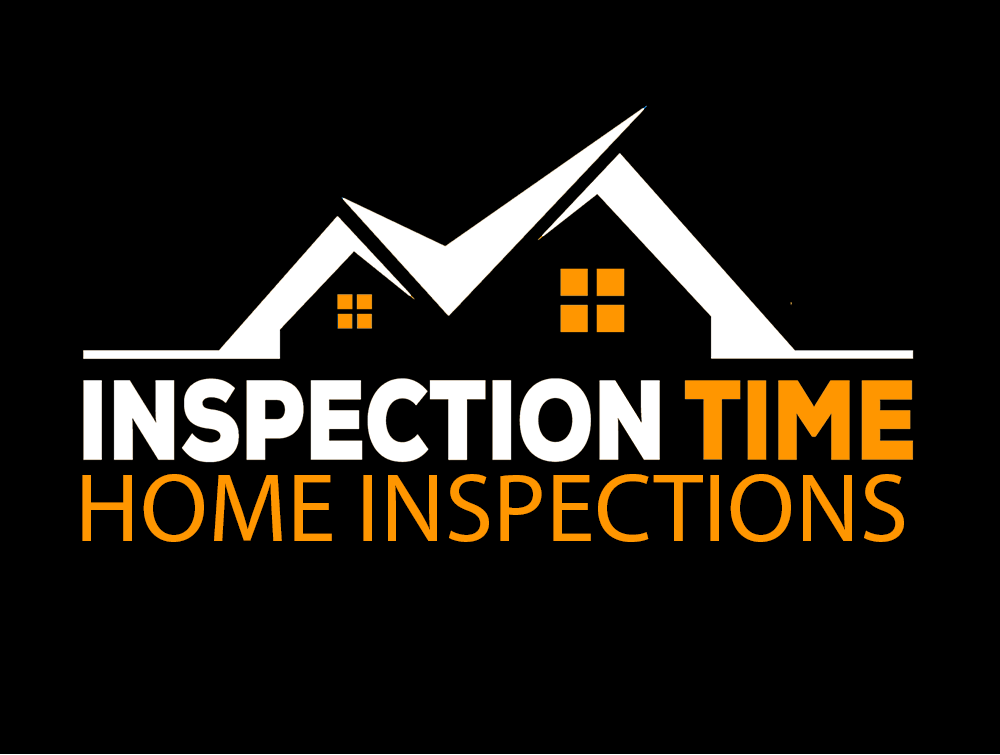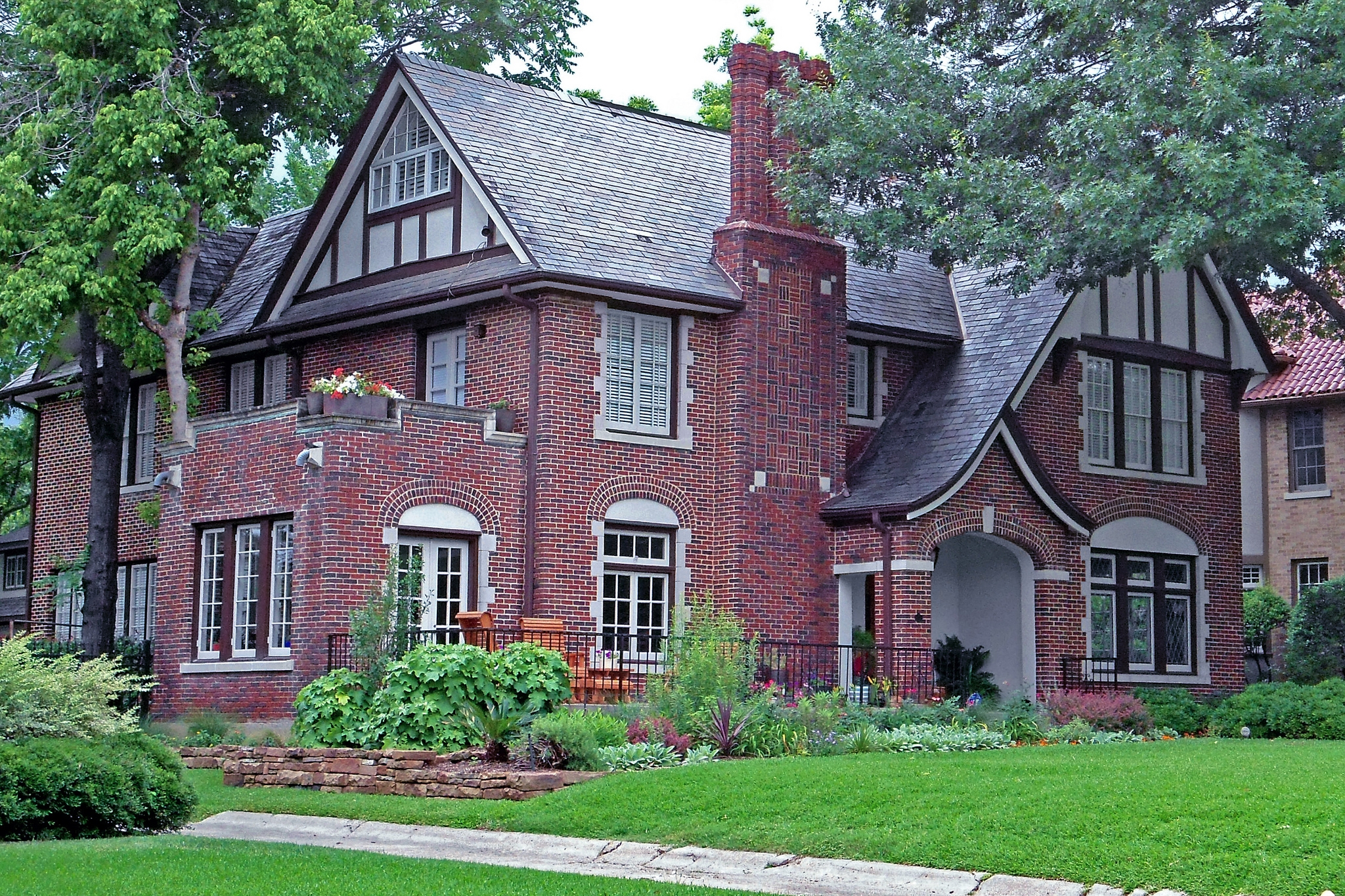By: Inspection Time | Aaron Davis CMI Trec#25498 | Professional Home Inspector

When it comes to the exterior of your home, brick is a popular choice for its durability, aesthetic appeal, and timeless look. However, not all brick homes are created equal. Some houses are constructed entirely of solid brick, while others use a method called brick veneer. Knowing the difference between the two can impact maintenance, repairs, and even your home’s value. In this blog, we’ll explore how to tell if your house is made of solid brick or brick veneer.
What is Solid Brick?
Solid brick construction, also known as double brick or solid masonry, involves building walls with two layers of bricks. These walls are load-bearing, meaning they support the weight of the house. Solid brick homes are known for their strength, thermal mass (ability to store heat), and sound insulation. This type of construction is common in older homes, particularly those built before the 20th century.
What is Brick Veneer?
Brick veneer is a construction method where a single layer of brick is attached to the exterior of a house that is primarily made of wood or steel framing. The brick layer is non-structural and serves as a decorative outer shell. Brick veneer offers the appearance of solid brick at a lower cost and with less weight. Modern homes often use this method due to its efficiency and flexibility.
Key Differences Between Solid Brick and Brick Veneer
- Construction Method:
- Solid Brick: Two layers of brick with a space (air gap) or bonding bricks connecting the layers.
- Brick Veneer: One layer of brick attached to a framed structure with a cavity between the brick and the frame.
- Structural Support:
- Solid Brick: The bricks themselves support the house.
- Brick Veneer: The house is supported by the interior framing, not the brick.
- Insulation and Thermal Mass:
- Solid Brick: Better at insulating against temperature fluctuations due to the thermal mass.
- Brick Veneer: Relies on insulation within the frame for thermal performance.
How to Identify Solid Brick vs. Brick Veneer
- Examine the Brick Pattern:
- Solid Brick: Look for header bricks (short ends of the bricks) interspersed with stretcher bricks (long sides). This pattern, known as “bonding,” is a hallmark of solid brick walls.
- Brick Veneer: Typically, you will only see stretcher bricks. The header bricks are absent because there is no need to bond two layers.
- Check the Wall Thickness:
- Solid Brick: Walls are usually thicker, around 9 inches or more, since they consist of two layers of bricks.
- Brick Veneer: Walls are thinner, generally around 4-5 inches, as they include only one layer of bricks and the framing behind it.
- Look at the Foundation:
- Solid Brick: The foundation should appear robust and consistent with the thickness of double brick walls.
- Brick Veneer: You might see a ledge where the brick veneer sits, supported by the foundation.
- Inspect the Attic and Basement:
- Solid Brick: The interior side of the walls will show bricks in these areas.
- Brick Veneer: You will see the framing and possibly the backside of the brick veneer.
- Check for Weep Holes:
- Brick Veneer: Small holes at the bottom of the brick wall, called weep holes, are designed to let moisture escape from the cavity between the brick and the frame. Solid brick walls typically do not have these.
- Tap the Wall:
- Solid Brick: A solid sound when tapped.
- Brick Veneer: A hollow sound, indicating a cavity behind the brick.
Conclusion
Determining whether your home is made of solid brick or brick veneer is essential for maintenance and repair purposes. While both types of construction have their advantages, understanding the structural differences can help you make informed decisions about your home’s care. By examining the brick pattern, wall thickness, foundation, attic, basement, and looking for weep holes, you can confidently identify the type of brick construction used in your home.
If you’re ever in doubt, consulting with a professional home inspector or a masonry expert can provide clarity and peace of mind. Regardless of the type, brick remains a beautiful and enduring choice for home exteriors.


5 comments
tlovertonet
My wife and i ended up being thrilled when Emmanuel could do his inquiry while using the ideas he grabbed from your web page. It is now and again perplexing to simply find yourself giving out techniques which often people today might have been trying to sell. And we realize we’ve got the writer to appreciate for that. Most of the illustrations you made, the straightforward site menu, the relationships you can assist to create – it is everything extraordinary, and it’s helping our son and our family reckon that this issue is interesting, and that’s particularly serious. Thanks for all the pieces!
Inspectiontime
Welcome!
EmtudoArtisan
Are there any alternative building materials that can match or even surpass the benefits of brick in terms of durability and aesthetics?
Inspectiontime
Zip System and Brick. In my opinion perfect combination.
zoritoler imol
I love it when people come together and share opinions, great blog, keep it up.